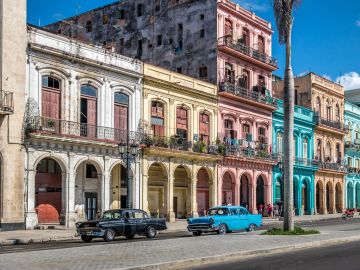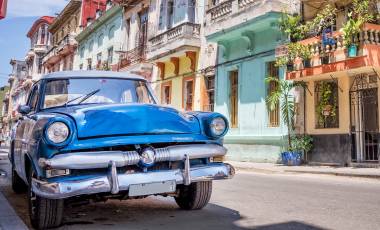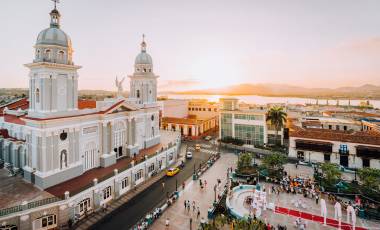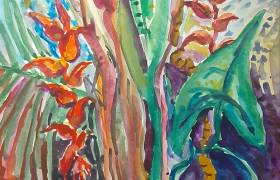Cuba. The very name conjures up images of pastel-coloured streets lined with classic American Buicks and Chevrolets in Havana and hordes of locals dancing salsa in the heady avenues of Trinidad. But it’s only when you scratch beneath the surface of this fascinating country by meeting the locals, trying the cuisine and understanding its turbulent history, can you really get a true taste of Cuba.
Product Manager, Danny Bell, recently went on a shortened version of our popular Taste of Cuba trip, and was keen to share his experience which might inspire you to visit, what some call, the “Pearl of the Antilles.”
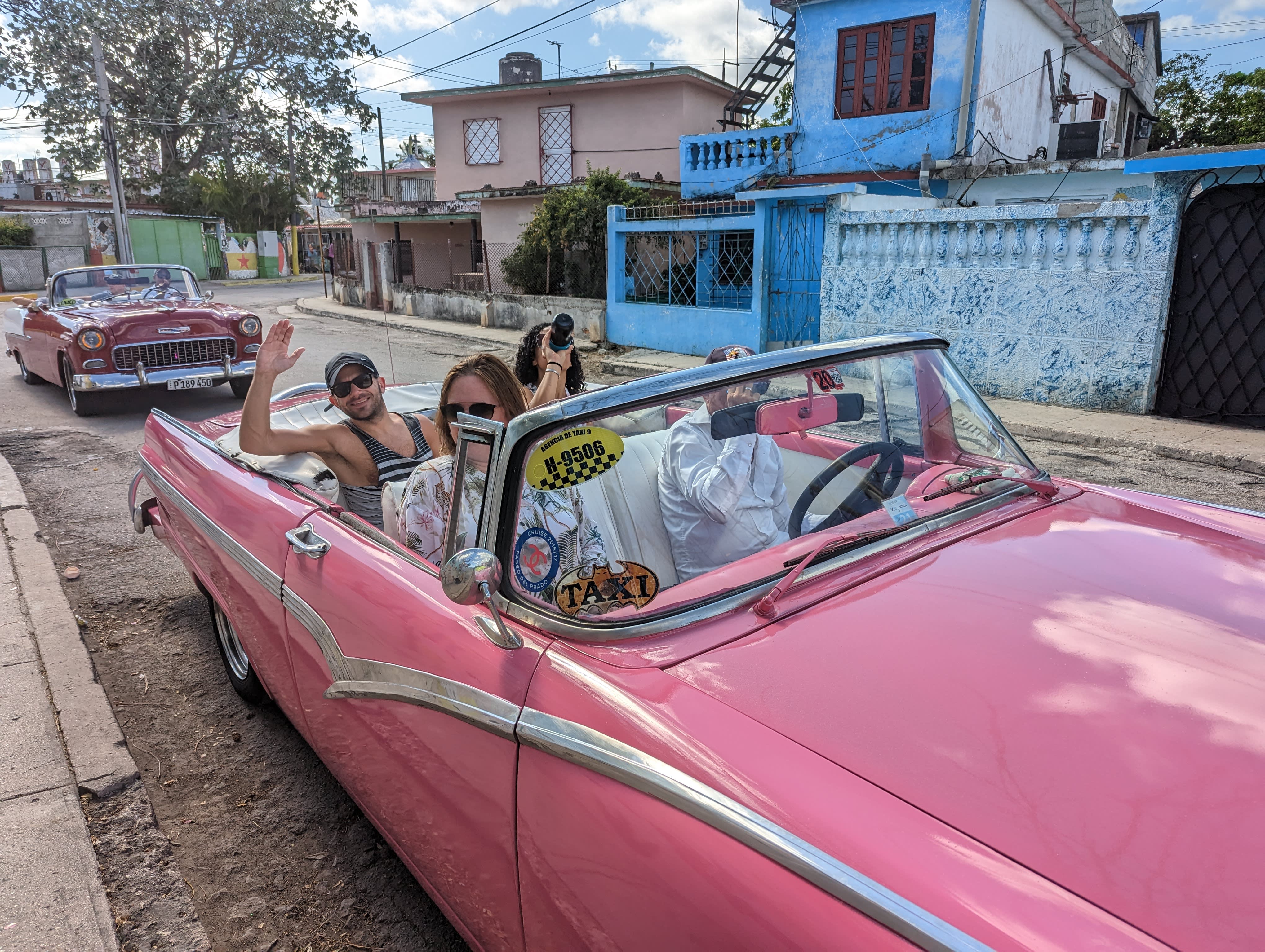
When asked what his key highlights were, Danny commented, “First and foremost, it was getting to learn in more detail about the history and culture of Cuba and getting the local guide’s perspective on all of these aspects, as it is such an interesting country that many people are yet to visit.” He continued, “But if I had to pick a standout moment it would have to be experiencing the sights and sounds of old Havana on a unique city tour in a Classic convertible American car.”
On day seven of our Taste of Cuba adventure, you’ll get to explore the city of Havana in style like Ernest Hemingway and Frank Sinatra once did in open-topped Chevrolets or Classic Buicks around the historic, colourful streets. Danny elaborated on his experience, “We toured around in Classic convertible Cadillacs, with Salsa music booming from the radio and the Caribbean sun warming our shoulders as we made our way along Havana’s coast to the Fusterlandia neighbourhood which is famous for its mosaic tiles, created by artist Jose Fuster who has turned the whole neighbourhood into a work of art.”
When it came to food, Danny explained, that the country is heavily influenced by Spanish, African and other Caribbean cuisines and that the staple dish for locals is, “Ropa Vieja, a traditional Cuban dish which is slow-cooked shredded beef and was really tender, served with rice and beans and other vegetables. Simple but delicious.” A surprising thing on most Cuban menus, however, was, “lobster, it can be found all over Cuba and is very inexpensive compared to what you would normally expect to pay at home. One person in our group almost lived on a Lobster diet the whole trip!”
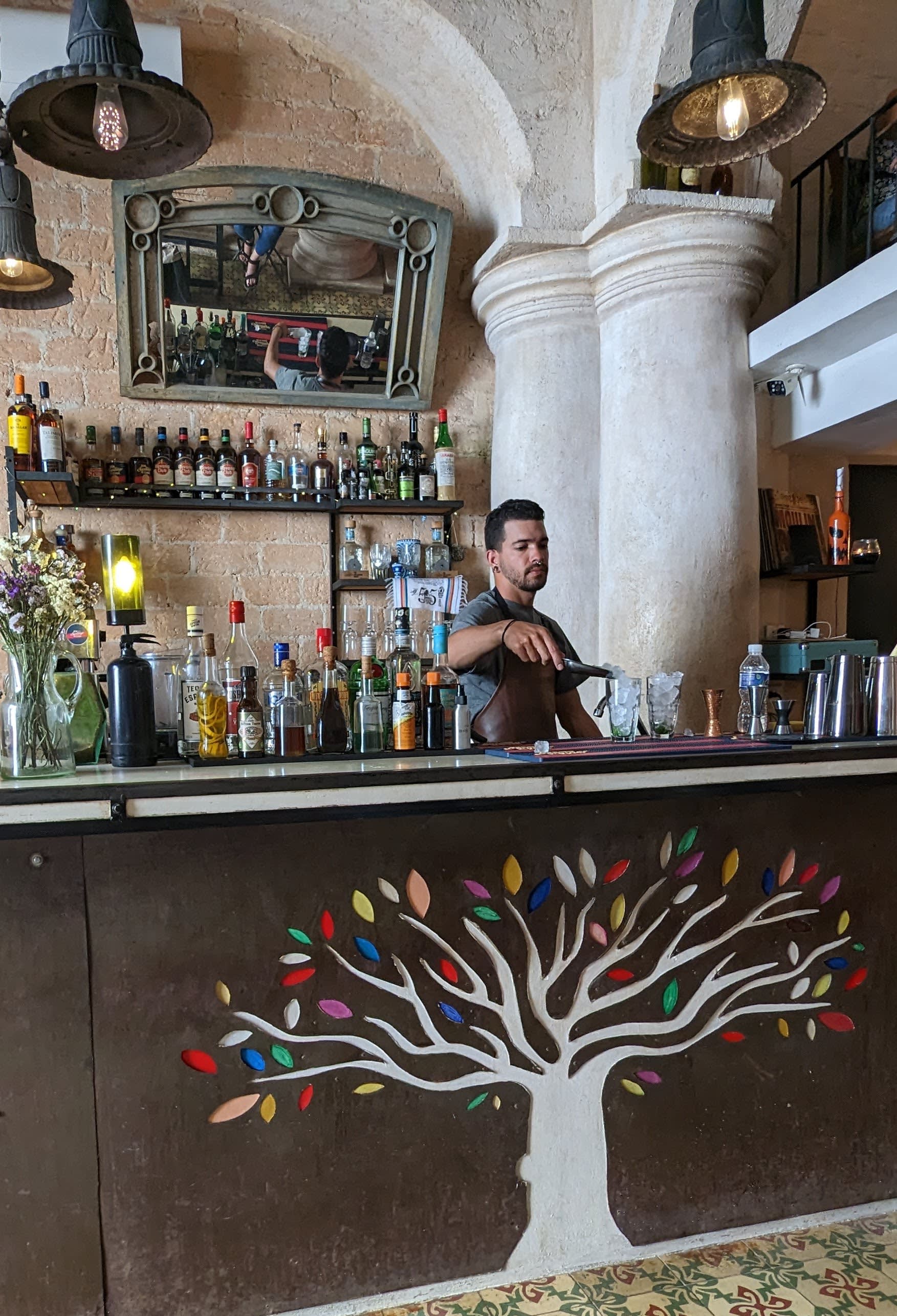
Danny was also keen to highlight, that you can’t go anywhere in Cuba without trying, the nation’s favourite drink – the rum-based highball Mojito cocktail. “ A trip to Havana is not complete unless you stop at La Bodeguita del Medio which local’s contest was Ernest Hemingway’s favourite Mojito Bar.” On our Taste of Cuba trip, you’ll be able to master making this cocktail for yourself in Trinidad. After spending a number of years working in cocktail bars, Danny said, “It was interesting for me. There is a lot of myth as to the exact origins of the drink, but it is believed to date back to the 16th century, at the time of Sir Francis Drake when it was used for medicinal purposes.” He continues, “One of the differences I found from Cuban Mojitos to what you might find in your local cocktail bar is they will leave the stalk in the drink to extract more flavour rather than just the leaves. They also use whole large cubes of ice, as crushed ice just dilutes the drink quicker, making it lose its flavour.”

You could say another key staple in almost every Cuban’s diet is salsa dancing. Straight after the mojito-making class on day 5 of our Taste of Cuba itinerary, you’ll get the opportunity to learn from the locals themselves, with everyone having their own Cuban dance partner. Reflecting on his experience, Danny commented, “We had great teachers, it was really atmospheric as we were dancing on the rooftops of the casas. Afterwards, some of us went to the main square in Trinidad to grab a drink and listen to a local band performing.”
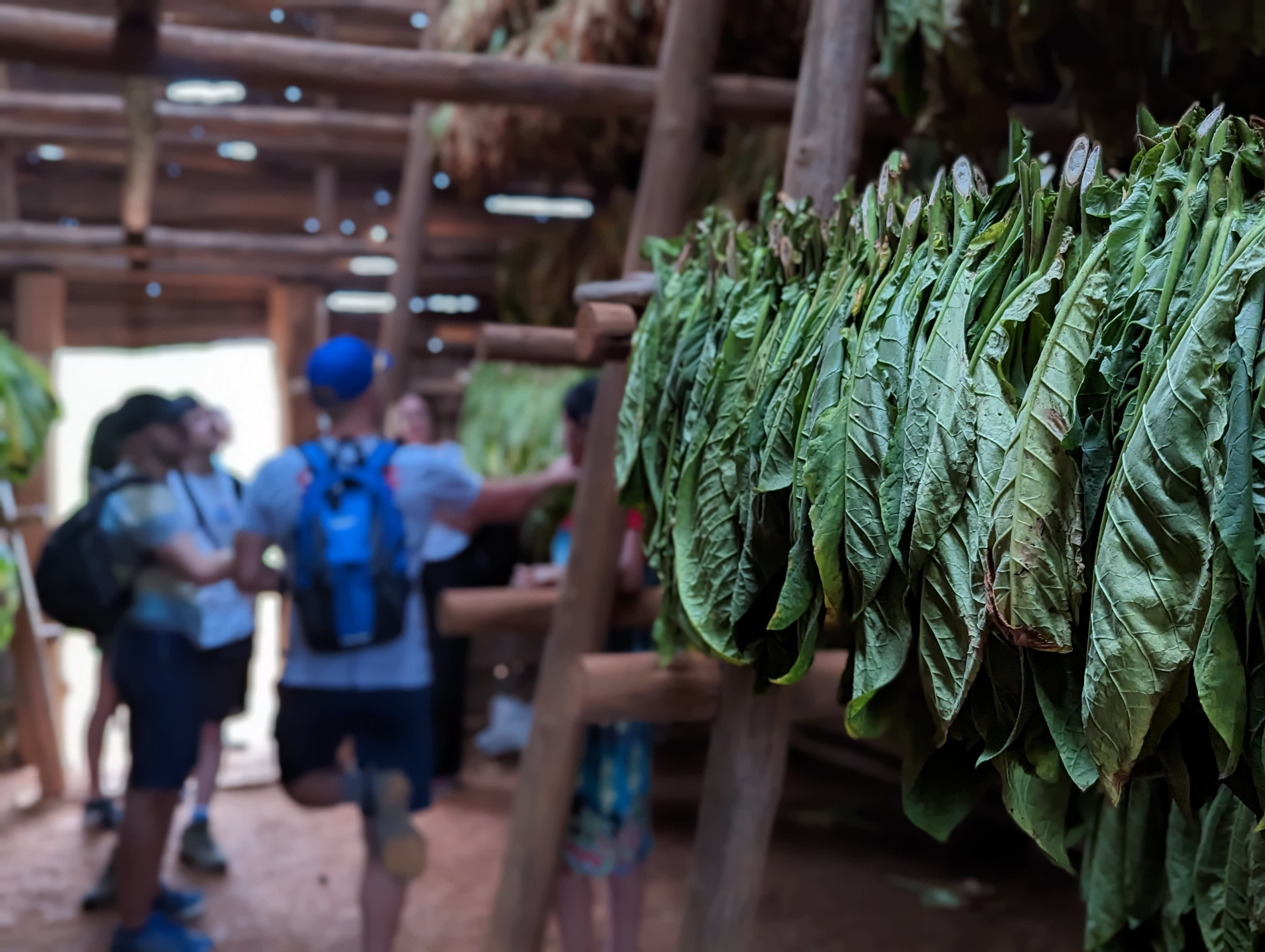
One of Cuba’s biggest exports is tobacco, selling products such as cigarettes, cigars and cigarillos. On day two of our Taste of Cuba tour, you’ll get to enjoy a spectacular walk through the Vinales Valley, known as the “Valley of Silence”, and visit a local tobacco plantation, where you will learn all about the growing process. Danny explained that the farm, “was run by a local family and has been in their family for many generations. The leaves get harvested by hand after 2-3 months and are then stored in barns for several months to dry the leaves.” He continued, “In Cuba, they must sell 90% of their produce to the state and then they can keep the remaining 10% for their own consumption or to sell locally. I didn’t try personally myself but some of the group tried them and were able to buy Cuban cigars to take home which had been produced and rolled on the farm.”

Aside from tobacco, another one of Cuba’s largest exports is azúcar, sugar, with the country producing over 455,000 tonnes of sugar in the last harvest cycle in 2022. Danny tells us about a local story behind the origins of the famous Manaca Iznaga tower. “The two brothers who owned the farm were allegedly in love with the same woman and were both determined to marry her. So, they set themselves a competition, and whoever won, would have permission to ask her hand in marriage. The contest was to build a structure, and whoever built the highest one in the fastest time would be named the winner. One brother (Alejo) had the tower built at 45 metres and the other brother (Pedro) dug a 28-metre deep well, both of which are still in use today. The funny thing is, even though Alejo won the contest, neither of them got to marry her! I guessed she made up her own mind in the end.”
And last but not least, you can’t leave Cuba without delving into the fascinating, yet turbulent history of the country, and on our trip, you get to do just that, with visits to Che Guevara’s Mausoleum in Santa Clara and the Giron Museum in the Bay of Pigs, which showcases items from the failed invasion by CIA-backed Cuban Americans. Danny mentioned that it was great to have an expert local guide throughout the trip as “he was very detailed in describing not only the history of the Cuban revolution but how it shaped the thinking and attitudes of today’s society, and what impact it has had on their day-to-day lives.”
If this has sparked your interest to discover Cuba for yourself, take a look at our Taste of Cuba itinerary, or get in touch with a member of our team today.
